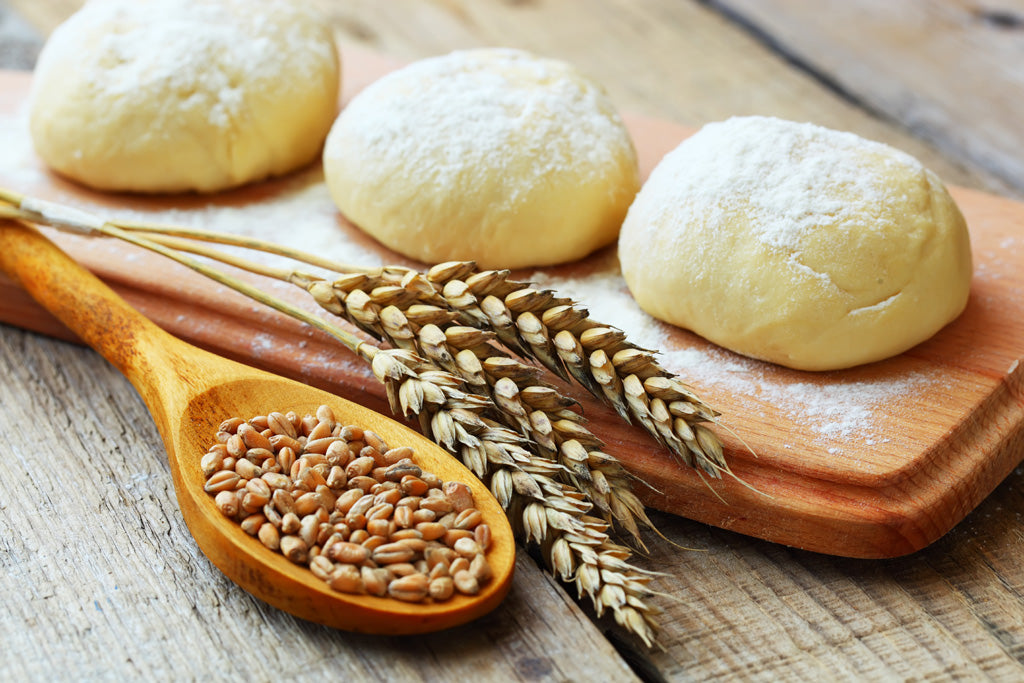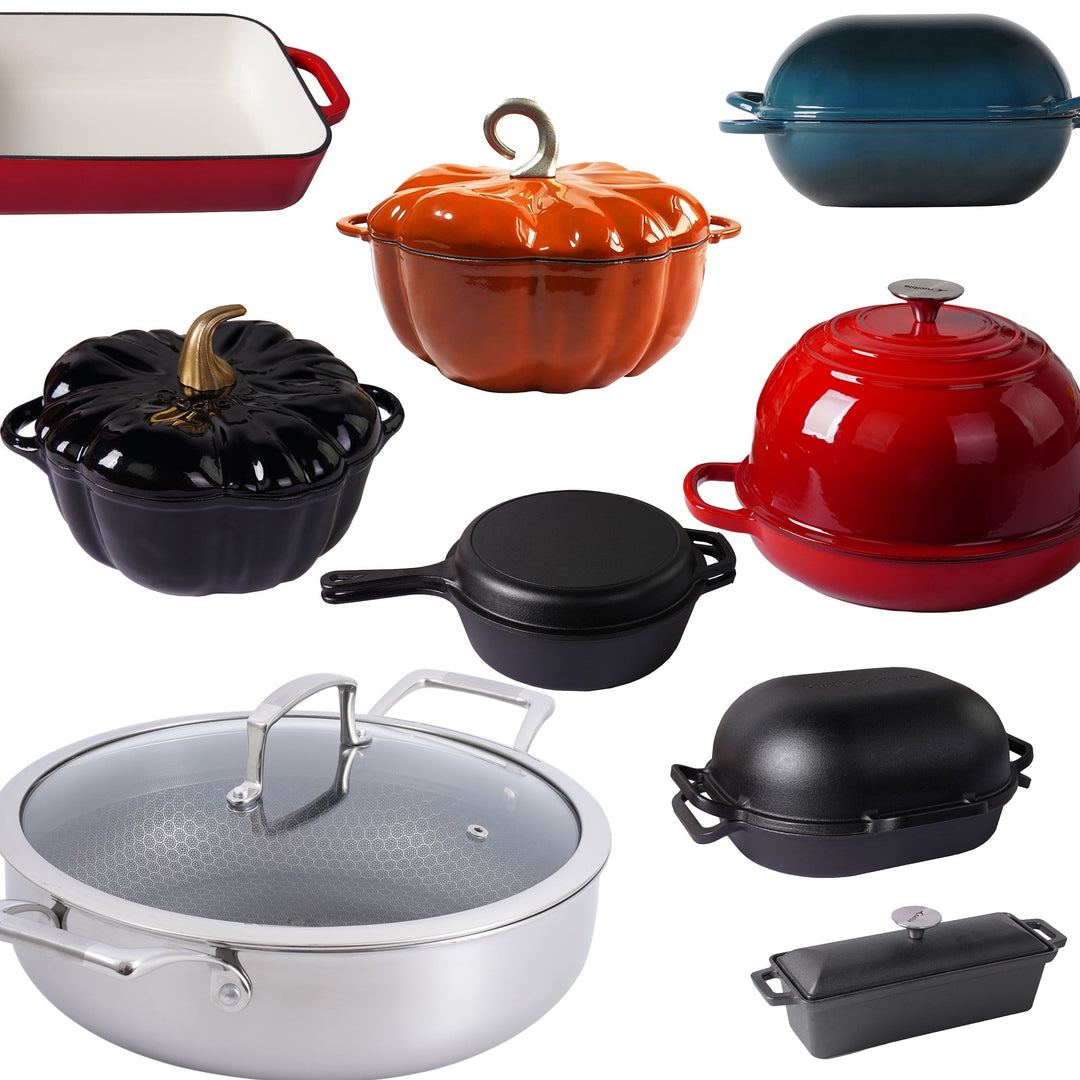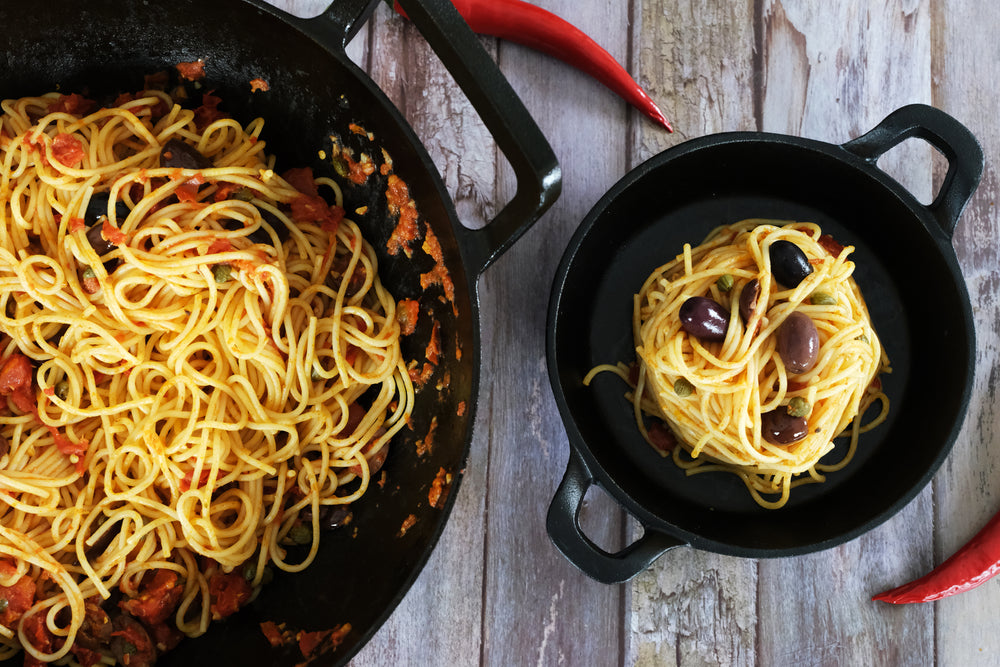Taikinan ainesosien vertailu: Vesi vs. Maito - Vaikutukset rakenteeseen, makuun ja ravintoarvoihin

Jotkut taikinareseptit käyttävät vettä, toiset maitoa; mikä on ero tulosten kannalta?
Veden tai maidon käyttäminen taikinassa voi johtaa erilaisiin rakenteisiin, makuihin ja lopputuotteen ominaisuuksiin. Tässä on joitakin eroja:
-
Rakenne: Maidolla tehty taikina on yleensä pehmeämpää ja täyteläisempää rakenteeltaan verrattuna veteen tehtyyn taikinaan, joka voi olla kiinteämpää ja tiiviimpää.
-
Maku: Maito lisää taikinaan hienovaraista makeutta ja täyteläisyyttä, kun taas vesi antaa neutraalimman maun. Tämä voi vaikuttaa leivonnaisten kokonaismakuun.
-
Väri: Maito voi myös antaa hieman kullanruskean värin valmiille tuotteelle Maillard-reaktion ansiosta, joka on aminohappojen ja pelkistävien sokereiden välinen kemiallinen reaktio, joka antaa paistetuille ruoille niiden toivotun maun ja värin.
-
Ravintosisältö: Maito lisää lisäravinteita, kuten proteiinia, rasvaa ja vitamiineja (erityisesti D-vitamiinia, jos maito on rikastettua), jotka voivat vaikuttaa leivonnaisten ravintoprofiiliin.
-
Allergiat ja mieltymykset: Veden käyttäminen maidon sijaan voi tehdä reseptistä sopivan henkilöille, jotka ovat laktoosi-intolerantteja tai allergisia maitotuotteille. Se myös vastaa ruokavaliomieltymyksiin, kuten vegaanisuuteen.
-
Kustannus: Vesi on yleensä edullisempaa kuin maito, joten veden käyttäminen maidon sijaan voi olla kustannustehokkaampaa, erityisesti suurissa leivontatoiminnoissa.
Lopulta valinta veden tai maidon käytön välillä taikinassa riippuu halutuista lopputuotteen ominaisuuksista, ruokavalioon liittyvistä seikoista ja henkilökohtaisista mieltymyksistä.
















Jätä kommentti